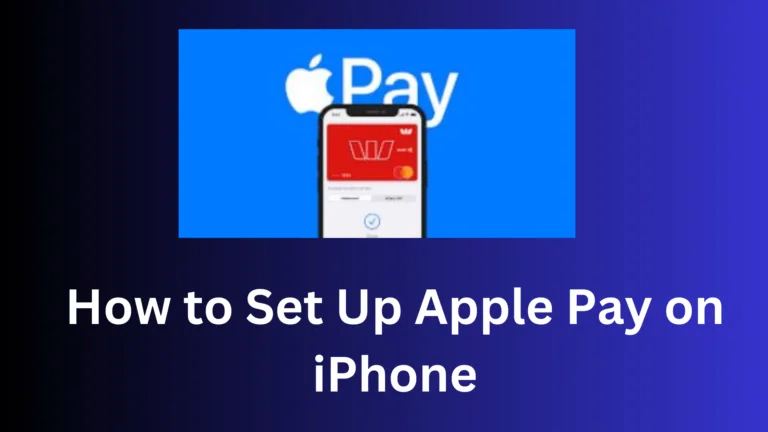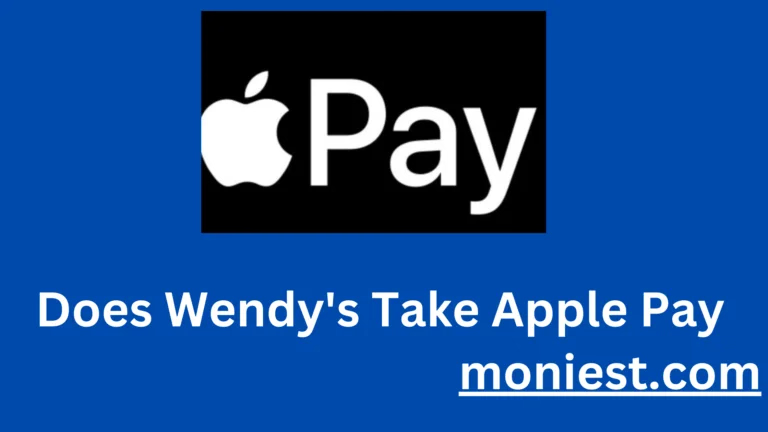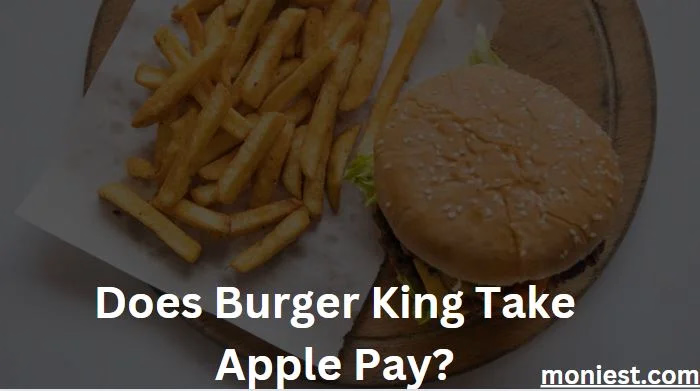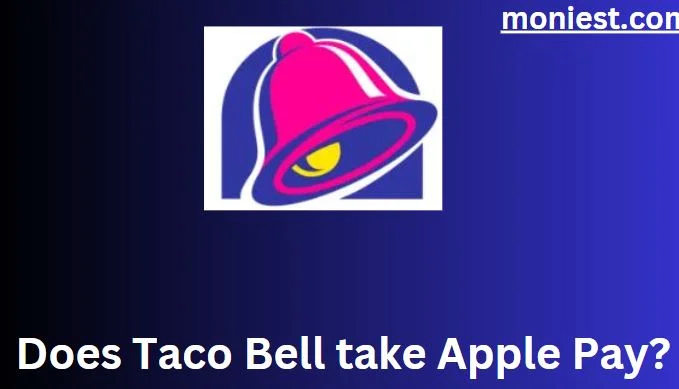How Does Apple Pay Work? (Quick Answer)
Apple Pay is a contactless payment method that allows you to pay for goods and services with your iPhone, Apple Watch, iPad, or Mac. It’s a secure and convenient way to pay without having to fumble with cash or credit cards.
When you use Apple Pay, your actual credit or debit card number is never shared with the merchant. Instead, a unique, encrypted token is used to process the payment. This makes Apple Pay one of the most secure payment methods available.
To use Apple Pay, you first need to add your credit or debit card to your device. You can do this in the Wallet app. Once your card is added, you can start using Apple Pay at participating merchants.
To pay with Apple Pay, simply hold your device near the contactless reader. If your device has Face ID, you’ll need to authenticate with a glance. If your device has Touch ID, you’ll need to authenticate with a fingerprint.
The payment will be processed instantly, and you’ll be on your way.
If you’re looking for a secure, convenient, and easy way to pay, Apple Pay is a great option.
In the rest of the blog post, you will see more detail about how Apple Pay works, the different devices that support it, how to set it up, and the benefits of using it and some tips for using Apple Pay safely.
How Apple Pay Works
Apple Pay uses a technology called near-field communication (NFC) to transmit your payment information to the merchant. When you hold your device near the contactless reader, the NFC chip in your device sends a unique, encrypted token to the merchant. This token is used to process the payment, and your actual credit or debit card number is never shared.
Devices That Support Apple Pay
Apple Pay is supported by the following devices:
- iPhone 6 and later
- Apple Watch
- iPad Pro (all models)
- iPad (5th generation and later)
- iPad mini (4th generation and later)
- iPad Air 2 and later
- Mac with Touch ID (2015 and later)
How to Set Up Apple Pay
To set up Apple Pay, you first need to add your credit or debit card to your device. You can do this in the Wallet app. Once your card is added, you can start using Apple Pay at participating merchants.
To add a card to your Wallet app, follow these steps:
- Open the Wallet app.
- Tap the + button in the top right corner.
- Tap Add Credit or Debit Card.
4. Follow the instructions to add your card. You can either enter your card information manually or use the camera to scan your card.
5. Once your card is added, you can start using Apple Pay. To pay with Apple Pay
Hold your iPhone near the contactless reader until you feel a gentle tap.
Benefits of Using Apple Pay
There are many benefits to using Apple Pay, including:
- Security: Your actual credit or debit card number is never shared with the merchant, so your information is more secure.
- Convenience: You can pay with just a tap of your device, so it’s quick and easy.
- Acceptance: Apple Pay is accepted at millions of merchants around the world.
- Easy to set up: You can add your cards in the Wallet app in just a few minutes.
Tips for Using Apple Pay Safely
Here are some tips for using Apple Pay safely:
- Only add cards from trusted merchants.
- Keep your device secure.
- Be aware of your surroundings when using Apple Pay.
- Don’t share your passcode or fingerprint with anyone.
The Pros and Cons of Apple Pay
Pros of Apple Pay
Here are some of the pros of using Apple Pay:
- Security: Your actual credit or debit card number is never shared with the merchant, so your information is more secure. Apple Pay uses a technology called near-field communication (NFC) to transmit your payment information. When you hold your device near the contactless reader, the NFC chip in your device sends a unique, encrypted token to the merchant. This token is used to process the payment, and your actual credit or debit card number is never shared.
- Convenience: You can pay with just a tap of your device, so it’s quick and easy. There’s no need to fumble with cash or credit cards, and you don’t have to worry about forgetting your wallet.
- Acceptance: Apple Pay is accepted at millions of merchants around the world. You can use it at most major retailers, restaurants, and gas stations.
- Easy to set up: You can add your cards in the Wallet app in just a few minutes.
- Get rewards: Some credit cards offer rewards for using Apple Pay, such as cash back or points.
Cons of Apple Pay
Here are some of the cons of using Apple Pay:
- Not universally accepted: Not all merchants accept Apple Pay. However, this is becoming less of an issue as more and more merchants adopt the technology.
- Requires an Apple device: You need an Apple device to use Apple Pay. If you don’t have an Apple device, you can’t use this payment method.
- Can be slow in crowded areas: If there are a lot of people using Apple Pay at the same time, it can slow down the checkout process.
- Can be difficult to use with gloves or wet hands: It can be difficult to hold your device near the contactless reader if you have gloves or wet hands.
The Difference Between Apple Cash and Apple Pay
Apple Cash and Apple Pay are two payment methods from Apple that can be used to make purchases. However, there are some key differences between the two.
Apple Cash
Apple Cash is a peer-to-peer payment service that allows you to send and receive money with other Apple Cash users. You can also use Apple Cash to make purchases in stores, online, and in apps that accept Apple Pay.
When you use Apple Cash, your money is stored in a virtual card in the Wallet app. You can add money to your Apple Cash balance by linking a debit or credit card, or by receiving money from another Apple Cash user.
Apple Pay
Apple Pay is a contactless payment method that allows you to pay for goods and services with your iPhone, Apple Watch, iPad, or Mac. You can use Apple Pay at most major retailers, restaurants, and gas stations.
When you use Apple Pay, your actual credit or debit card number is never shared with the merchant. Instead, a unique, encrypted token is used to process the payment. This makes Apple Pay one of the most secure payment methods available.
Differences Between Apple Cash and Apple Pay
Here is a table summarizing the key differences between Apple Cash and Apple Pay:
| Feature | Apple Cash | Apple Pay |
| Purpose | Peer-to-peer payments | Contactless payments |
| How it works | Send and receive money with other Apple Cash users | Pay for goods and services with your iPhone, Apple Watch, iPad, or Mac |
| Where it can be used | Stores, online, and in apps that accept Apple Pay | Stores that accept contactless payments |
| How your money is stored | Virtual card in the Wallet app | Linked debit or credit card |
Which One is Right for You?
The best payment method for you will depend on your needs. If you need a way to send and receive money with other people, then Apple Cash is a good option. If you need a way to make contactless payments, then Apple Pay is a good option.
You can also use both Apple Cash and Apple Pay. For example, you could use Apple Cash to send money to a friend, and then use Apple Pay to pay for their coffee.
How to Accept Apple Pay
Apple Pay is a contactless payment method that allows customers to pay for goods and services with their iPhone, Apple Watch, iPad, or Mac. It’s a secure and convenient way to pay, and it’s becoming increasingly popular.
If you’re a merchant, you can accept Apple Pay by following these steps:
- Choose a payment processor that accepts Apple Pay. There are many payment processors that offer Apple Pay support, so you should be able to find one that meets your needs.
- Purchase and install an NFC-enabled card reader. This is the hardware that will allow you to accept Apple Pay payments.
- Set up your payment processor to accept Apple Pay. This will involve providing your merchant ID and other information.
- Let your customers know that you accept Apple Pay. You can do this by displaying the Apple Pay logo in your store, or by adding a message to your website.
Once you’ve completed these steps, you’ll be ready to accept Apple Pay payments from your customers.
Here are some additional tips for accepting Apple Pay:
- Make sure your NFC-enabled card reader is in a visible location.
- Train your staff on how to accept Apple Pay payments.
- Offer a clear and concise explanation of Apple Pay to your customers.
- Promote Apple Pay on your website and in your store.
Is Apple Pay and Apple Wallet the Same?
Apple Pay and Apple Wallet are two different payment methods from Apple, but they are often confused with each other.
Apple Pay is a contactless payment method that allows you to pay for goods and services with your iPhone, Apple Watch, iPad, or Mac. You can use Apple Pay at most major retailers, restaurants, and gas stations.
Apple Wallet is a digital wallet that stores your credit and debit cards, loyalty cards, boarding passes, and other important information. You can use Apple Wallet to make payments with Apple Pay, but it can also be used to store other types of information.
So, what’s the difference between Apple Pay and Apple Wallet?
- Apple Pay is a payment method. You use it to pay for goods and services.
- Apple Wallet is a digital wallet. You store your payment methods, loyalty cards, and other important information in it.
You can use Apple Pay without Apple Wallet, but you can’t use Apple Wallet without Apple Pay.
Here is a table summarizing the key differences between Apple Pay and Apple Wallet:
| Feature | Apple Pay | Apple Wallet |
| Purpose | Make payments | Store payment methods, loyalty cards, and other important information |
| How it works | Use your iPhone, Apple Watch, iPad, or Mac to pay for goods and services | Store your payment methods, loyalty cards, and other important information in a digital wallet |
| Where it can be used | Stores that accept contactless payments | Anywhere you can use your credit or debit card |
Which one is right for you?
The best payment method for you will depend on your needs. If you need a way to pay for goods and services, then Apple Pay is a good option. If you need a way to store your payment methods, loyalty cards, and other important information, then Apple Wallet is a good option.
You can also use both Apple Pay and Apple Wallet. For example, you could use Apple Pay to pay for your coffee, and then use Apple Wallet to store your loyalty card for your favorite coffee shop.
Does Apple Pay Refund Money If Scammed?
Apple Pay is a secure payment method, but it’s not immune to scams. If you’re scammed using Apple Pay, you may be able to get your money back.
Here’s how it works:
- If you’re scammed by a merchant: If you make a purchase with Apple Pay and the merchant doesn’t deliver the goods or services you paid for, you can dispute the charge with your bank or credit card company. Your bank or credit card company will investigate the dispute and may issue you a refund.
- If you’re scammed by a person: If you send money to someone using Apple Pay and they don’t send you the goods or services you were promised, you may be able to get your money back by contacting Apple. Apple will investigate the scam and may issue you a refund.
However, it’s important to note that Apple is not obligated to refund money if you’re scammed. They will only do so if they believe that you were the victim of fraud.
Here are some tips to help you avoid being scammed using Apple Pay:
- Only use Apple Pay with trusted merchants. Do your research before making a purchase with Apple Pay. Make sure the merchant is reputable and has a good reputation.
- Be careful about who you send money to. Only send money to people you know and trust. If you’re not sure if someone is trustworthy, don’t send them money.
- Keep your device secure. Don’t share your passcode or fingerprint with anyone.
- Be aware of phishing scams. Phishing scams are emails or text messages that appear to be from a legitimate source, such as Apple. These emails or text messages may ask you to provide your personal information, such as your credit card number or Apple Pay password. Don’t click on any links in these emails or text messages and don’t provide any personal information.
Is Apple Pay Protected Like PayPal?
Apple Pay and PayPal are both popular payment methods, but they offer different levels of protection.
- Apple Pay
- Apple Pay is a contactless payment method that uses a technology called near-field communication (NFC). When you make a payment with Apple Pay, your actual credit or debit card number is never shared with the merchant. Instead, a unique, encrypted token is used. This makes Apple Pay one of the most secure payment methods available.
- PayPal
- PayPal is an online payment processor that allows you to send and receive money. When you use PayPal, your actual credit or debit card number is shared with PayPal. However, PayPal uses a variety of security measures to protect your information, including encryption and fraud detection.
- So, which is more protected?
- Apple Pay is generally considered to be more secure than PayPal because your actual credit or debit card number is never shared with the merchant. However, PayPal offers some additional protection features, such as buyer protection.
Conclusion
Apple Pay uses a technology called near-field communication (NFC) to transmit your payment information to the merchant. When you hold your device near the contactless reader, the NFC chip in your device sends a unique, encrypted token to the merchant. This token is used to process the payment, and your actual credit or debit card number is never shared.
Apple Pay is accepted at millions of merchants around the world. You can use it at most major retailers, restaurants, and gas stations.



